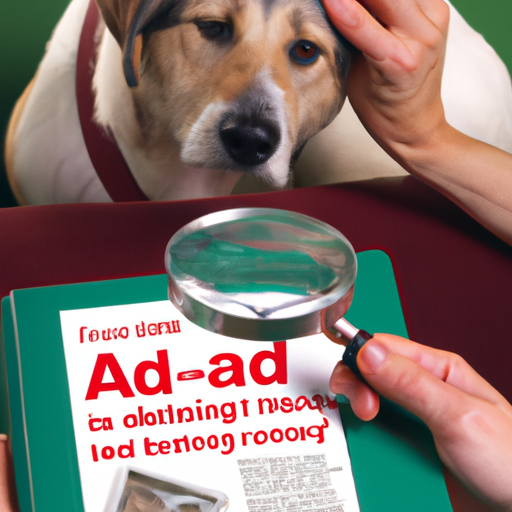As a loving pet parent, it can be alarming to suddenly notice an unusual swelling on your dog’s elbow or other joints. This lump, known as a hygroma, is not uncommon, particularly in larger or overweight dogs. While this fluid-filled sac may not cause your canine companion any immediate distress, it is a condition that requires your attention.
While veterinary guidance is crucial for diagnosing and treating hygromas, there are also various methods to care for your dog’s hygroma at home. This article will provide a comprehensive guide on how to treat hygroma in dogs at home.
- Understanding Hygromas in Dogs
- Prevention of Hygromas
- Home Treatment Options for Hygromas
- When to See a Vet
-
Frequently Asked Questions
-
Key Takeaways
- Hygromas are fluid-filled sacs that can form at pressure points in dogs
- Larger and overweight dogs are more prone to develop hygromas
- Home treatments include padding, bandaging, and maintaining a clean environment
- It’s essential to consult with a vet for proper diagnosis and guidance
Understanding Hygromas in Dogs
A hygroma is a fluid-filled sac that forms at pressure points, usually on a dog’s elbow, due to repeated trauma or excessive pressure. They are most common in larger breeds and overweight dogs, as they place more weight on their elbows when lying down. While not necessarily painful, if left untreated, hygromas can grow and become infected, leading to discomfort and other health issues (source).
Prevention of Hygromas
Preventing hygromas is often easier than treating them. Since hygromas form due to pressure on the joints, one of the best ways to prevent them is by providing your dog with a comfortable, padded bed. This can significantly reduce the amount of pressure on your dog’s elbows, especially if your furry friend is larger or overweight.
Maintaining a healthy weight for your dog is also crucial. Overweight dogs are more prone to hygromas because of the additional weight they carry. Regular exercise and a balanced diet can help keep your dog’s weight in check.
Home Treatment Options for Hygromas
Padding and Bandaging
To treat a hygroma at home, you can start by padding and bandaging the affected area. This can help to reduce pressure on the hygroma and prevent further enlargement.
- Clean the Area: Before applying any bandage, clean the area around the hygroma with a mild antiseptic to avoid infection.
- Apply a Padding: Use a soft padding, like a piece of foam or a doughnut-shaped pressure relief pad, over the hygroma.
- Bandage the Area: After applying the padding, bandage the area securely but not too tightly to avoid cutting off circulation.
Maintain a Clean Environment
It’s important to keep your dog’s living area clean and free from objects that could potentially harm the hygroma. This can help prevent the hygroma from rupturing, which could lead to an infection.
Use of Dog Elbow Pads
Dog elbow pads or protective sleeves can also be beneficial. They provide a cushion for the elbow and help to alleviate pressure on the hygroma. There are various options available online or at pet stores.
When to See a Vet
While home treatments can be effective for smaller, uncomplicated hygromas, it’s important to seek veterinary advice if the hygroma continues to grow, becomes painful, or shows signs of infection. Your vet may recommend further treatments such as draining the fluid or surgery. This vet guide can provide more in-depth information on when it’s time to seek professional help.
Frequently Asked Questions
What is a hygroma in dogs?
A hygroma is a fluid-filled sac that forms at pressure points in dogs, often as a result of repeated trauma or pressure.
Can I treat a hygroma at home?
Yes, smaller, uncomplicated hygromas can be treated at home with padding, bandaging, and maintaining a clean environment. However, veterinary guidance is recommended.
When should I take my dog to the vet for a hygroma?
If the hygroma continues to grow, becomes painful, or shows signs of infection, it’s important to seek veterinary advice.
In conclusion, while hygromas can be concerning, they can often be managed effectively at home with the right care and prevention measures. However, always consult with your vet to ensure your pet’s health and wellbeing. For more pet health advice, check out this article on general dog health.



